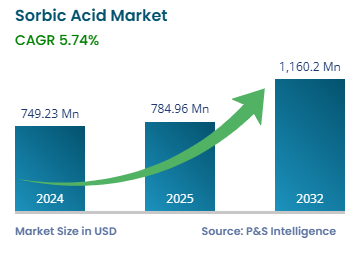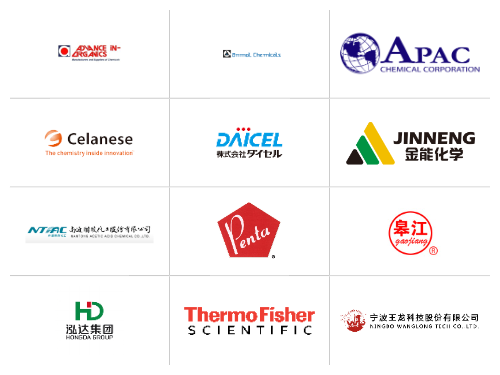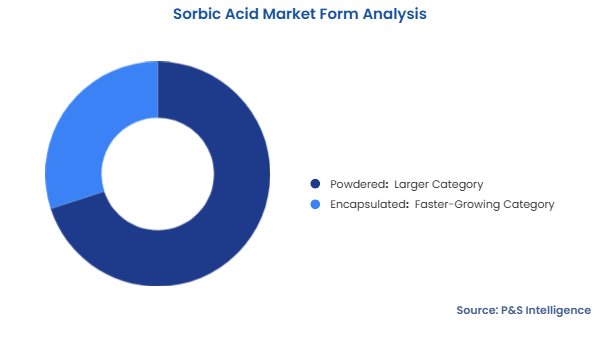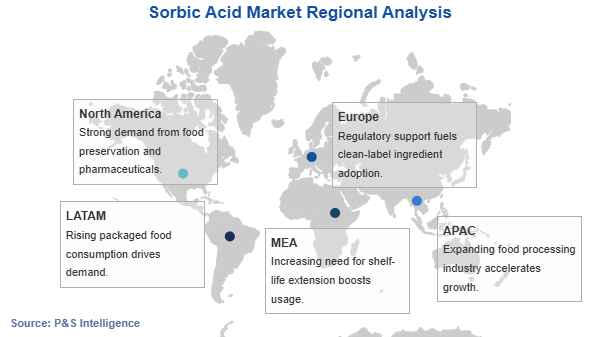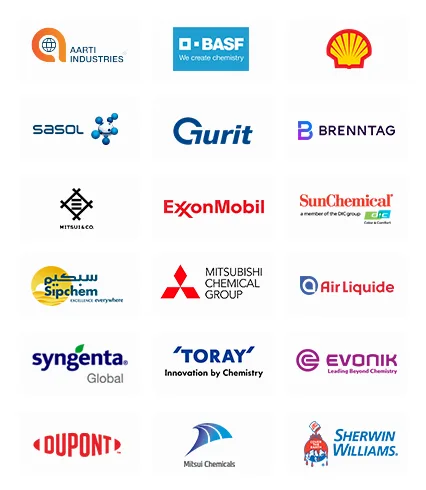Sorbic Acid Market Analysis
The global sorbic acid market value will increase from USD 749.23 million in 2024 at a CAGR of 5.74% during the forecast period (2025–2032), reaching USD 1,160.20 by 2032. This is majorly attributed due to the presence of well-established food & beverages and pharmaceutical industries in Western economies, along with the growing per capita food & beverages consumption in emerging economies, such as India, China, and Brazil. Sorbic acid acts as a preservative for preventing food from contamination or spoilage, which is why the government support for this industry is providing a lucrative growth opportunity to market players.
As a preservative, sorbic acid is widely used in the food & beverage industry, driven by its regulatory approval from various renowned bodies. Since the food & beverage sector plays a vital role in the any country’s economy, governments across the world are focusing on this sector, which is directly or indirectly providing a growth opportunity for the sorbic acid market players. Furthermore, the rising global population and surging per capita income are resulting in an increased demand for processed/ packaged food products, which usually contain sorbic acid for preventing the food from getting contaminated or spoiled.
Furthermore, the rising disposable income in countries like China and India is propelling growth in the healthcare industry, as more people can afford treatment through expensive drugs. In addition, as per the India Brand Equity Foundation, India is the largest provider of generic drugs, globally. The Indian pharmaceutical sector meets over 50% of the global demand for vaccines, 40% of the generic drug demand in the U.S., and 25% of the demand for all medicines in the U.K.
Since the pharmaceutical industry in China and India is likely to grow at a higher rate compared to the global average, the demand for pharmaceutical ingredients such as sorbic acid is also expected to increase during the foreseeable future. In addition, the antiseptic effect of sorbic acid is seven times that of similar products like sodium benzoate; thus, the end users prefer sorbic acid to other similar products in the market. Sorbic acid is also used in other industries, including cosmetics and personal care, detergents, tobacco, and adhesives.
